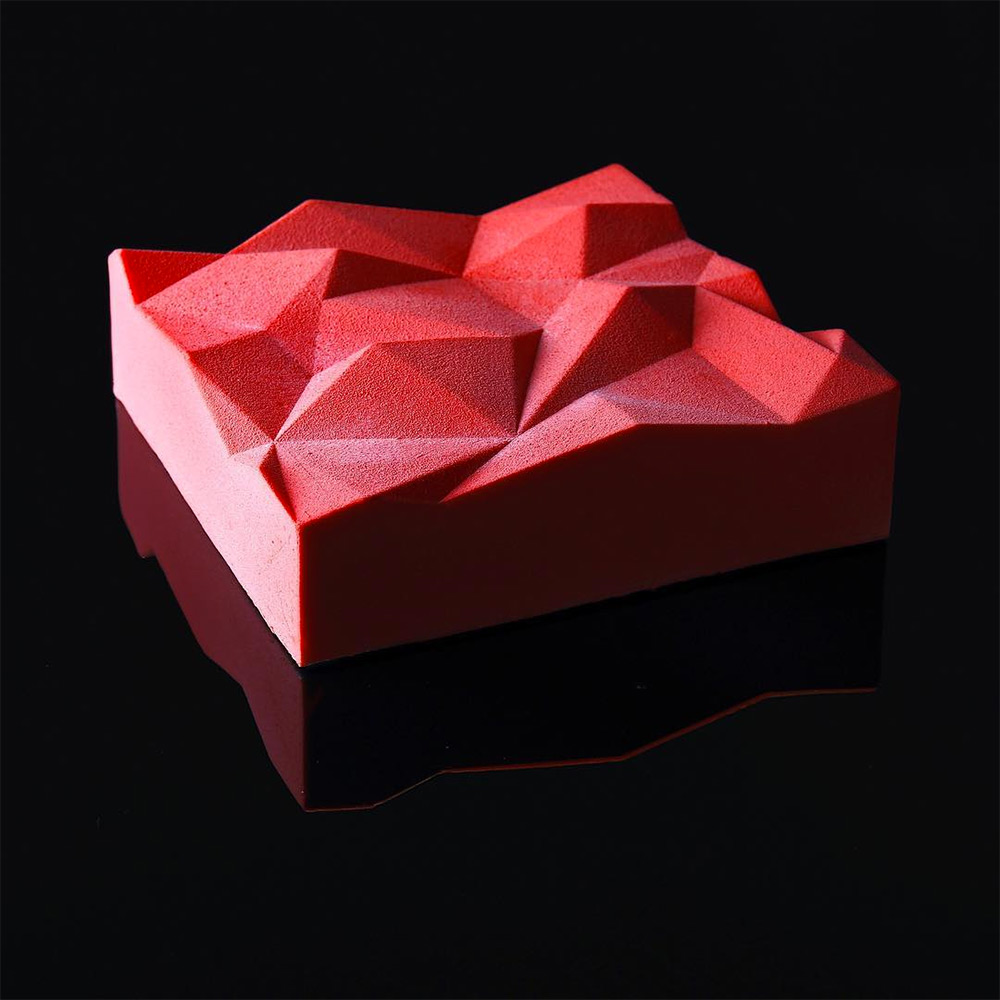Exercises 2019
Minor Exercise 1: Make it big
(Image Credit: Michael Hansmeyer)
Bring a small object from home, and attempt to model or remix it in either Tinkercad or Rhino3D. Prepare your form for recreating with laser-cut carton with Autodesk Slicer.
Use 2mm Grey Carton (one 55*80cm piece per student)
Observations:
Was the software suitable for this type of form?
Was the type of form suitable for this type of fabrication method?
Minor Exercise 2: Multisensory objects (individual)
(Image Credit: Dinara Kasko)
Create at least 4 multisensory 3D models. Using a parametric or generative process to develop different 3D forms that express a multisensory experience.
What taste is it shaped like? What flavour does it look like? What colour does it feel like?
3D print at least one of your objects, and print images of the objects you did not fabricate.
Constraints:
Size: no larger than 40mm*40mm*40mm
Material: PLA
The form must have a flat and solid base.
Tools:
Processing, Grasshopper, Tinkercad-Coding or Meshmixer.
Cetus3D
3D printer
Main Project: Future Food (groups of two to three)
In small groups develop objects that speculate on the future of food fabrication. Are the tools? New forms of food, or new ways of consuming food? For each of your objects, fill out the template provided and include a short "recipe".
Each group will start by positioning themselves in the table below, and begin by exploring that space.
| Smelling | Tasting | Hearing | Feeling | Seeing | |
| Fruit | |||||
| Animal | |||||
| Mineral | |||||
| Vegetable | |||||
Grain |
Observing
- Develop a mood board (sketches, photographs, material examples)
- Investigate further biological, chemical or mathematical form generation processes
Making
- Iterate the form generation process with physical models
- Updated mood board to display project/processes
Exhibition
Students will prepare an exhibition format with all of their experimental results from the module. This includes the recipe cards, 3D prints, and 2D renderings of objects that were not fabricated.
Deliverables:
- An exhibition format showing the final outcome and process (including both renderings and 3D printed objects).
- 5-minute presentation of the outcome
- Documentation

